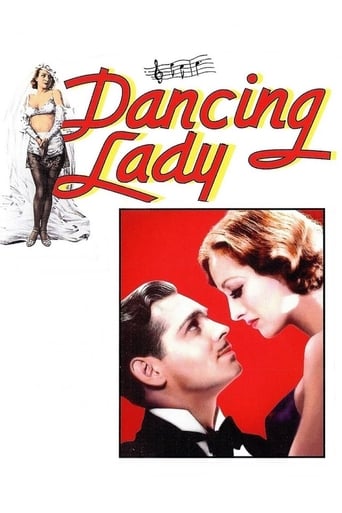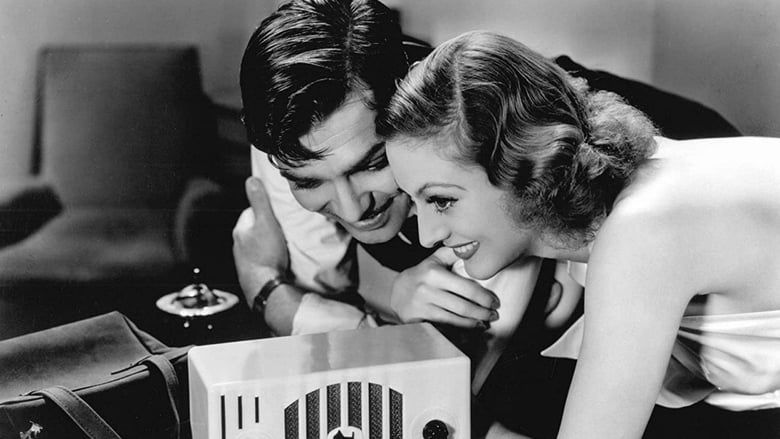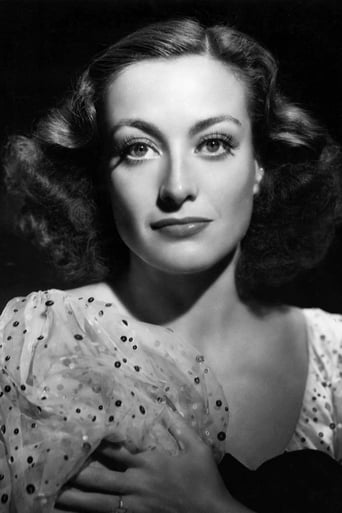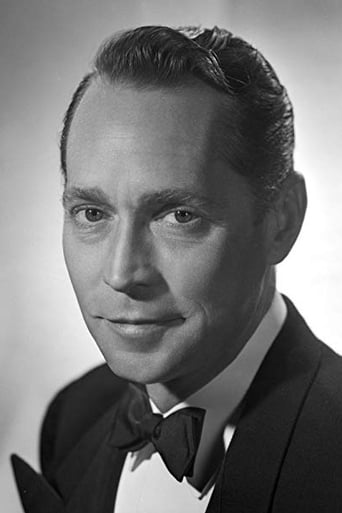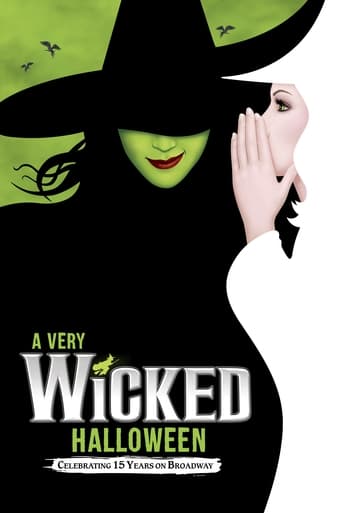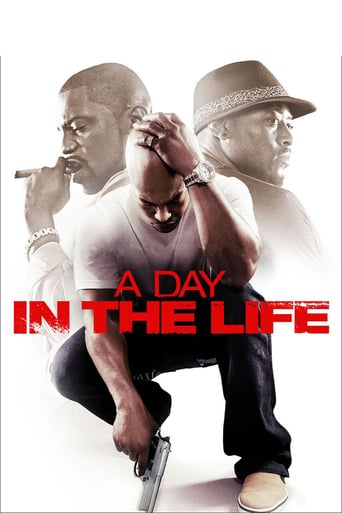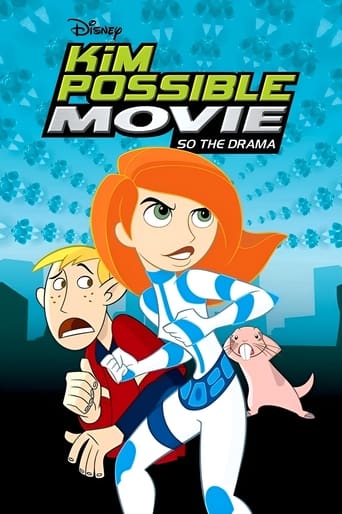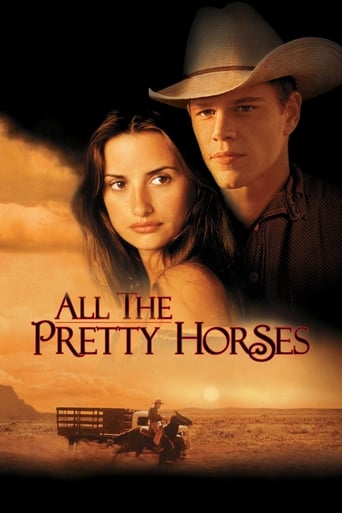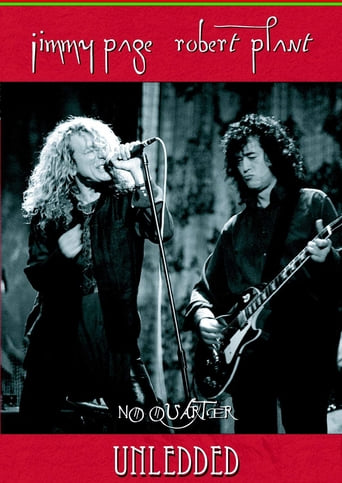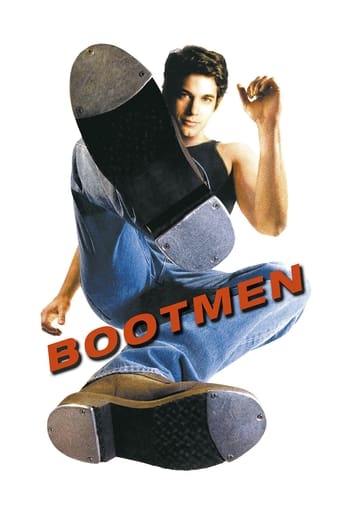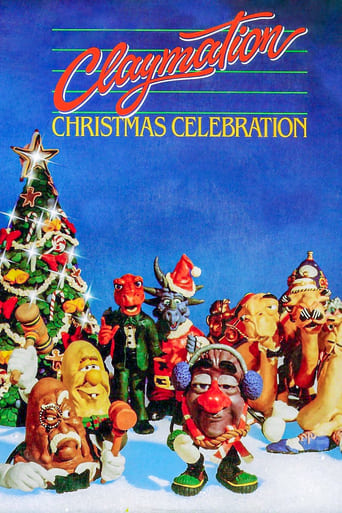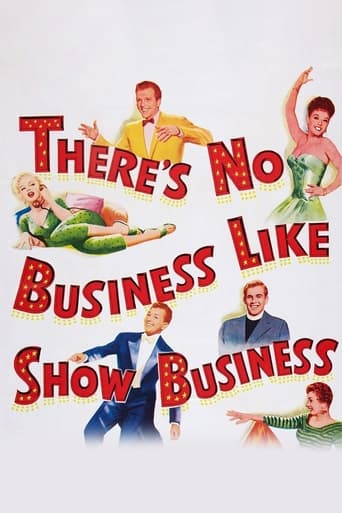Dancing Lady (1933)
Janie lives to dance and will dance anywhere, even stripping in a burlesque house. Tod Newton, the rich playboy, discovers her there and helps her get a job in a real Broadway musical being directed by Patch. Tod thinks he can get what he wants from Janie, Patch thinks Janie is using her charms rather than talent to get to the top, and Janie thinks Patch is the greatest. Steve, the stage manager, has the Three Stooges helping him manage all the show girls. Fred Astaire and Nelson Eddy make appearances as famous Broadway personalities.
Watch Trailer
Free Trial Channels
Cast


Similar titles
Reviews
Most undeservingly overhyped movie of all time??
Best movie of this year hands down!
It's a mild crowd pleaser for people who are exhausted by blockbusters.
Blistering performances.
I had never seen Joan Crawford in shorts, never seen her 'gams' displayed in all their lengthy glory, never watched her dance. Hmmph. She's no Ginger Rogers, I can tell you that! She does have chemistry with Clark Gable. That makes up for her NOT being Ginger Rogers when she dances with Fred Astaire in this film.Crawford is beautiful, yes. The young Joan Crawford was never so beautiful as when she was young with those gorgeous luminous eyes, those heavy lush lashes, and surprisingly toothy smile.Clark Gable has a scene with Crawford in this film in which he performs some gymnastic moves, as part of his fitness regimen. It reminded me that this magnificent man was not only handsome and charismatic but also strong and slender and sexy! Move over, Tom Cruise - you with your fondness for doing your own daring stunts! Cary Grant, Randolph Scott, Charlie Chaplin, and now Clark Gable. These men were gymnastic athletes. Wow! And looked good in their clothes, of course.I often wished for Ginger to be dancing with Fred. This movie made me wish there was more, more, more, to the story. But what I could see and enjoy was a delicious appetizer even if not a feast.
Giving her all to this big budget musical, Joan Crawford goes from the 42nd Street burlesque houses to the star of a lavish musical revue (that couldn't fit on any Broadway stage) and proves herself to be quite the dancer if not one of the better singers of the early movie musicals. She looks great in her evening gowns but in rehearsal clothes appears to be rather odd looking with a rather wide head that made her seem older than she was. Put her in frills and sequins, however, she's the glamorous Joan that made her one of the biggest stars of the 1930's, and certainly MGM's most financially successful.The men here are second string in supporting Joan with Franchot Tone a Park Avenue man about town who happens to spot Joan in the chorus of the burlesque show and takes her out, glamours her up and then tries to keep her from the big musical revue's producer, the rugged Clark Gable. She is unaware that Tone has manipulated her success by putting money in the show and withdrawing it when her initially cool working relationship with Gable seemed to be turning into romance. But Gable, like Warner Baxter in the same year's "42nd Street", is determined to make sure that the show goes on.1933 saw the return of the movie musical in a major way, and MGM produced several that rivaled the Busby Berkley dance extravaganzas being made over at Warner Brothers. Joan, however, isn't Ruby Keeler, the innocent chorus girl who gets a lucky break; It's obvious from the get-go that she's tough, sharing wisecracks with burlesque star Winnie Lightner and even getting some laughs with her brief encounter with none other than the Three Stooges. Like Marian Davies in MGM's "Going Hollywood", she is meant to be more window dressing than Jeanette MacDonald, and looks fabulous in her Adrian gowns. When all of a sudden she begins to dance with Fred Astaire in an outrageously lavish production number, she proves herself to be practically his equal, giving her the distinction of being his first screen dancing partner.Nelson Eddy leads the big production number of "Rhythm of the Day", giving "Dancing Lady" the distinction of having the two leading men who would become part of famous twosomes in musicals for the rest of the decade. "Rhythm of the Day" is almost laughably pretentious, but not as outrageous as "Heigh Ho the Gang's All Here" which has Fred and Joan dancing on a whirling gadget that flies through the sky and lands in the middle of a big festival with chorus boys and girls clad in liederhosen. "Let's Go Bavarian!" is actually ironic for a 1933 release with its Germanic themes considering that this was the same year that Hitler began his rise to power and ultimate reign of terror.May Robson, already having played Joan's mother in "Letty Lynton", is Tone's hard of hearing grandmother, with Grant Mitchell as a theater owner and in an unbilled role, the future Eve Arden as a chorus girl rejectee who had tried to feign a Southern accent. Of course, Arden would go on to support Joan in a larger way years later in "Mildred Pierce", so there's an irony in seeing her here. The blowzy Winnie Lightner, after a brief leading lady stint at Warners, gets in some good gags and an amusing musical number.While certainly not among the best of the 1930's big budget musicals, "Dancing Lady" is still fun, frivolous and frilly. Gable seems a bit out of sorts putting on a show, and his role is rather secondary. Tone's character lacks motivation, but somebody's got to be the heavy, even if the script gives no real indication as to why. This is Joan's picture all the way.
Released in November, 1933,Dancing Lady beat 42nd Street onto the screen by one month and it would be interesting to know if contemporary audiences and critics noticed the strong similarities between the two putting-on-a- Broadway-musical-chorus-girl-turns-star plots. Certainly 42nd Street boasted a better score although having said that the Burton Lane-Harold Adamson number Everything I Have Is Yours is not exactly chopped liver. On the other hand 42nd Street lacked the bizarre element of Dancing Lady which boasts not only the Three Stooges billed separately under their own names but nevertheless doing their schtick as perfected in vaudeville and with a role - as Gable's PR - for their 'leader', Ted Healey, arguably the worst song Rodgers and Hart ever wrote which is done no favors in the wooden voice of Nelson Eddy. Arthur Jarrett (who?) gets to sing Everything I Have Is Yours and, saving the best till last, Fred Astaire (as himself) appears in his first-ever Hollywood film. The DVD print is surprisingly good and this is more than worth a look.
...But she can fake it very well! I have high respect for her very erotic and eccentric style, but she plainly could not keep up with the chorus line, Not in the hero dancing numbers at least. There is one shot where the chorus line is in the background, and Crawford is in there, following every move, so we know she had some rudimentary skills, but Tap was not one of them. She had some very Eely, Kinky, sensuous moves, and when she dances by herself, it works well: But when she tries to tap along with Larry Fine, it seems forced, and she she dances with Astaire, she has just no grace. Compared to Elanore Powell and Anne Miller who made it look so easy to dance, Crawford with staire looks like she is working too hard.The dancing numbers would have worked better if they had designed them around Crawford's eccentricity, rather than trying to force her into a Broadway mold. It did not work, which is probably why this is one of the few films I have seen where Crawford dances. Crawford was good within her own scope - Trying to have her face off with Astaire was not effective, at least not as effective as it could have been had they used Crawford's own unique style and choreographed around that.This film followed "Broadway Melody of 29" and maybe it was originally conceived to be part of that series of films, and so the format of the film is very much like those Broadway Melody/42nd street films.I can't think of any other musical comedies where Crawford played the lead, she obviously had some talent, but she also was very unusual. Pairing her off with Gable works because they have similar personalities, and the relationship with Franchot Tone, she plays off as being very strained, and that works as well. There is quite a bit of tension between the three, but it is not too much like most romantic comedies- The amount is just right.This film has little appearances by The Three Stooges, Fred Astaire, Nelson Eddy, and Sterling Holloway (As the geeky author of the show). Most noticeable is Eve Arden in a cameo, "Hey, that was Eve Arden!" and you don't realise this until her character walks off. Finally, Joan's roommate "Rosette" played by Winnie Lighter is was a perfect choice, and the interaction between the two seems like normal conversation.Regardless of Crawford's weakness with conventional dancing, this film is one of her best, she has a believable character properly impassioned.This film being made in 1933, the Hayes office probably had a lot of problems with the very large amount of skin in this film- To blazes with the Hayes office! But with or without the vast amount of bare legs shown here, this film is a highly enjoyable romp, for 1933 and 2009.When people ask me "Joan Crawford or Bette Davis?" I always answer "Davis" - but in this film, I say "Crawford!"- The films she made from the early 30's to 1940 are all my favourites with her, after that, I don't care about her characters that much. In this film, I care about Janie Barlow, Crawford Makes me care.

